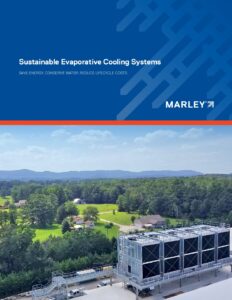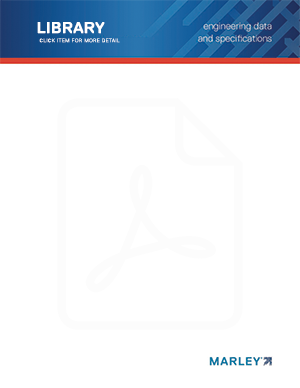節約用水
Water treatment strategies that minimize make up and blow down can offer the potential to gain water resource credits in LEED. The following processes all determine how efficiently your cooling operation uses water:
Water Consumption
The amount of water required for make-up to the system is dependent on the evaporation, drift rate and blow down. Enter your operating conditions here to calculate and see your water usage.
蒸發
The consumption of water by evaporative cooling equipment is governed largely by the heat load and ambient air temperature. The lower the heat load and/or ambient temperature, the less evaporation.
漂移率
Drift rate is the amount of water droplets entrained in the discharge air stream. The amount of water lost to drift compared to evaporation and blow down is almost insignificant when using today’s high efficiency drift eliminators.
Blow Down
Cooling tower systems are somewhat like humidifiers or small room vaporizers. If the system is operated for a long time, the water gets more and more concentrated with the minerals remaining when water is evaporated. These small systems are usually periodically dumped and replaced with fresh water to prevent the build-up of scale. Cooling towers, closed circuit coolers and evaporative condensers require continuous blow down or “bleed off” with added make-up water to maintain an acceptable concentration level.
The lower the number of cycles of concentration, the greater the amount of water required for blow down. This is added to the replacement make-up of evaporated water. With high cycles of concentration, the amount of blow-down water is reduced, reducing the overall water required.
下載次數:
英國雜誌 ACR News 發表了我們的問答文章,調查工程師和設計專家,解釋了冷卻水塔如何為成功的 LEED 專案和其他永續發展舉措做出貢獻。



